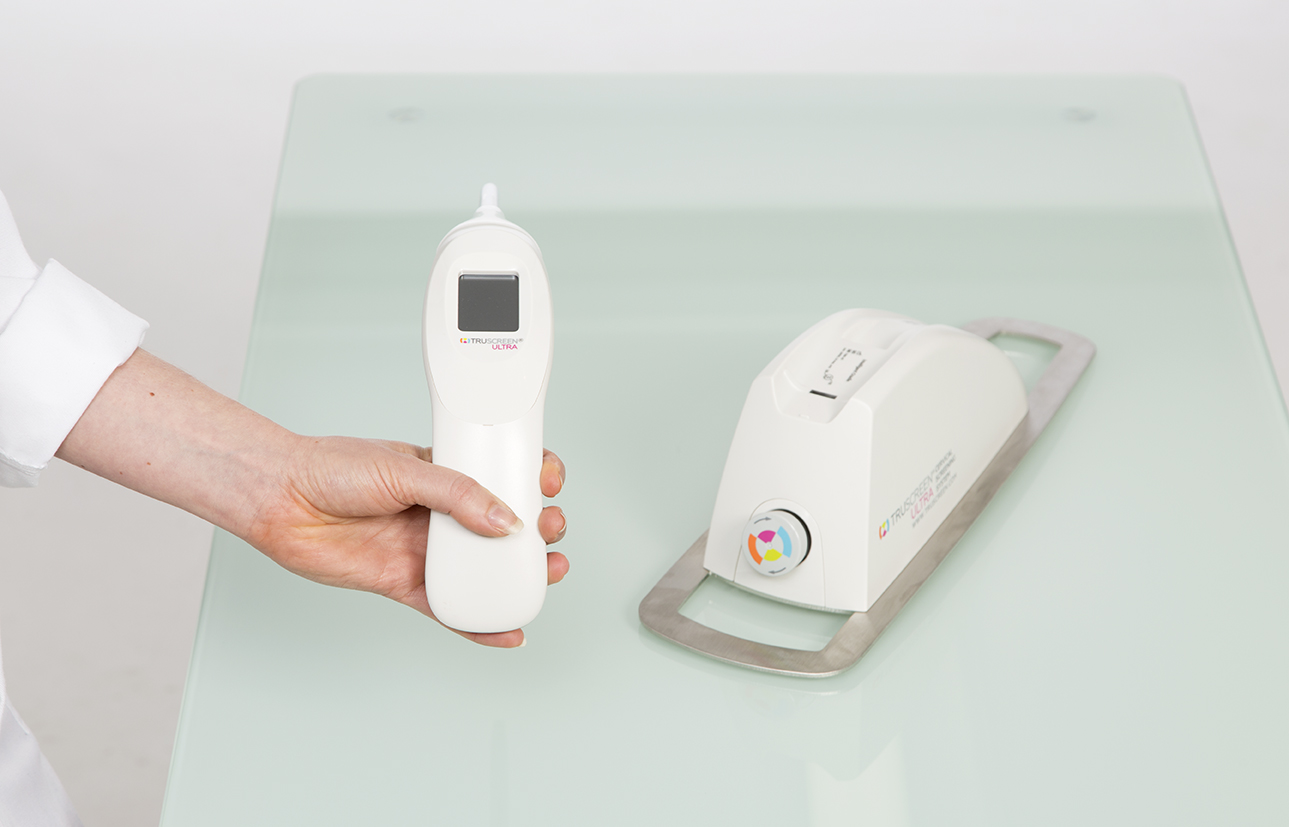Truscreen gets Chinese approval – National Business Review

The Chinese Food and Drug Administration has approved the cancer detection device to be used in China, which has 388 million women aged 25-60. The company has signed contracts with three key distributors in China.
Its share price has moved upward 22% on the news today to 17c.
China is estimated to be the world’s largest market for cervical screening worth about $1 billion a year, the company’s chief executive, Martin Dillon, claims.
Auckland-based TruScreen’s technology uses electricity and light to examine the cervix and provide immediate results, and studies have shown it to be as effective as a Pap test but not as invasive.
“There is currently no national programme in place in China and, with an increasing focus on women’s health we are well positioned to strengthen our existing presence there,” Mr Dillon says.
“Large scale trial programmes conducted by the company in several key hospitals in China was a key factor in securing CFDA approval.”
TruScreen listed its 144 million ordinary shares on the New Zealand Alternative Market in a compliance listing last November. The company raised $6.07 million in the last financial year selling shares at 10c apiece, giving it a market value of $14 million, according to its annual report.
The target market for Truscreen is scarce health resource economies, such as China, South East Asia, India, and Central America, which do not have the laboratories and trained cytologists, reporting and recall systems needed for Pap tests to be effective, such as in New Zealand.
It has distribution contracts in 11 international markets.
Globally, over half a million women each year are diagnosed with cervical cancer, with a mortality rate of about 52%. More than 85% of those deaths are in those low health-resource economies.
The company hopes to be profitable by 2016, when it is forecasting sales just in excess of $10 million and profit in excess of $2 million. It predicts sales of $1.9 million this financial year.
The company intends to release a new device during the 2016 financial year, which is a miniature version of the current device – hands-free and wireless with an improved algorithm.